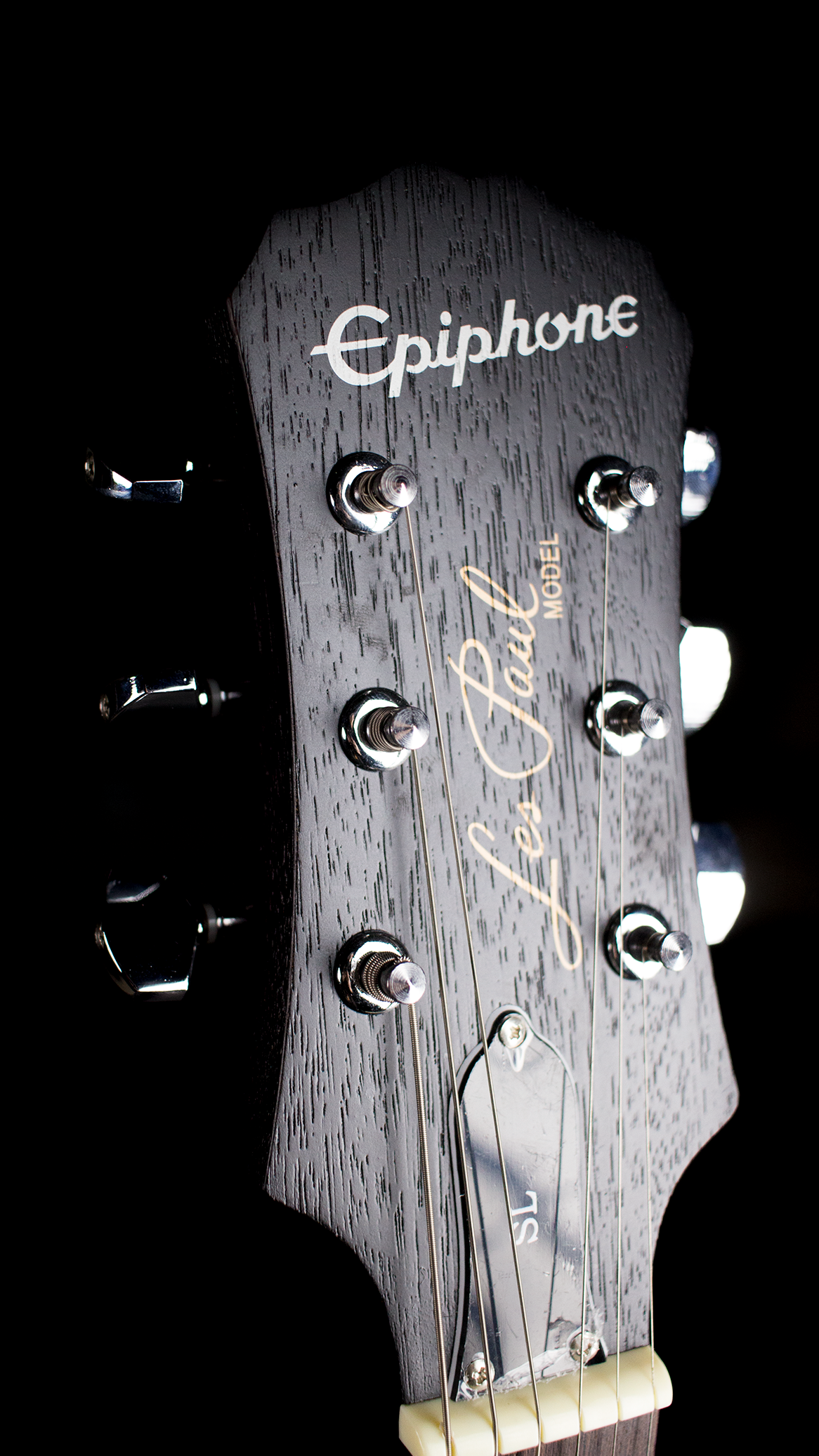A lot of people learn about instrument wiring by searching forums or digging through social media groups, so it’s easy to see how these false beliefs spread so easily!

5 Myths You May Believe About Guitar Wiring
Want to see more posts like this? Help us out by sharing!
1.Vintage PIO, or “Mojo,” capacitors are better than modern ones.
This one is EVERYWHERE - from people selling Vintage capacitors, to companies selling their own modern “inspired by” ones, you’ll see all kinds of folks trying to discredit modern brands, saying things like "vintage is ALWAYS so much better" or “they don’t make them like they used to!” But why are they so dominant in the wiring world? For a couple reasons:
- Placebo marketing works
- Most people don’t actually understand why a vintage cap may sound different from a modern version.
When people say they do not make them like they used to, they are technically correct. Modern brands can make a way more accurate capacitor, than our even recent ancestors. What do we mean by that? The way a capacitor sounds is determined by the exact value the capacitor reads. Simple enough. But capacitors have a variance between what they are supposed to read and what they actually read. For example, a Modern "Orange drop" reads within -/+ 10% of the rated value. That means a 0.022uf Orange drop is going to read anywhere between 0.019uf-0.024uf.
That’s a relatively small range of passive variance, small enough that you’d never notice a difference. Vintage manufactured components couldn’t come close to that. Your average vintage high end cap was rated for -10%/+80%, so that same 0.022uf cap reads anywhere from 0.019uf-0.040uf, which is a huge noticeable difference in sound. Anything over 0.030uf and you are talking about a completely different tone control sound. We actually did our own study about this here - Let's talk cap – Gunstreet
2.When it comes to capacitors: the larger the Voltage rating, the more it expands on the sound
This funny myth has slowly been dying over the last 20 years. But still can be found. Like we said before, the actual value of the capacitor determines the sound. Here is another example of the placebo effect. Basically, the higher the voltage rating is, the bigger the capacitor gets. Which does nothing (other than to make it look cool). For example, many builders will use higher voltage "Orange drop" capacitors because it looks like candy, and feeds to the nickname people gave the brand. Do we need to do this? no. Does it look cool? absolutely.
3.The tighter the pot tolerance, the better they will sound
This is one myth that hasn't slowed down on your common forums. You can find 100s of pages of people debating this idea, with some even teasing Gunstreet as a company for not believing it. So, what exactly is the claim? Some people believe that pots that are rated within -/+10% sound so much better than the market standard of -/+20%. So why is that not true? As with a lot of these myths, people confuse active and passive circuits, which act totally different. When you add voltage to a lot of active circuit architectures it requires a lot of precision. So, in those circuits you want a tighter tolerance. In Passive circuits like what's in our guitar, its super low voltage like less than a volt. So, your market standard of 20% works just fine in that application. The other factor that a lot of these people who solely focus on the argument "Well the math says this" forget to take in consideration when talking about said frequencies. Human ears are not as good as they think. The difference they are talking about is SOO tiny that only a superhuman could hear it and even then, it's not a huge difference. I could debate that those who claim to have tried it and said it sounded so much "better" has more to do with the user changing something like the Pots manufacture taper then the tolerance. - Learn more about that here- Audio VS Linear Pots – Gunstreet
4.More expensive pots sound better
This is another funny one. I think this one was started because of a mixture of predatory marketing, with brands who sell rebranded pots, and our culture living in a modern tech world, where paying extra for a nice speaker or headphones makes a huge difference. So, in your instrument why is this not true? By now, you may be able to guess: your guitar's wiring is passive, so a cheap pot is going to sound the same as an expensive pot. Where the real difference starts is the rated life. A non-rebranded expensive pot is going to last a lot longer than a cheap pot. Your average “nice pot” is rated to last for a minimum of 20,000 spins, compared to a cheap pot that is not even rated. It could last years, or a week, you just do not know. Basically, this idea of durability works with any part. Expensive parts don’t sound better, but they last longer.
5.Twisting wires improves the flow of the audio signal
Another example of misunderstanding the differences between active and passive circuits. Without getting too far into the weeds, the reason this is true for active circuits is it helps the signal flow better, especially when it must travel a long distance. But in a passive circuit the only thing it is going to do is make it look clean or cool.
And there you have it. I could go on and on with more myths, but we will save the rest for another time.
"But wait If all these commons things don't do anything. How do you i change/improve my sound?" We made this to help you navigate this weird wiring world - How to Actually "Upgrade" Your Guitar Wiring – Gunstreet
About the Author: Sean Arbow
Sean has been obsessed with circuit designing for over 18 years, He is the go-to for crazy designs and has made tens of thousands of kits for people, including some very high-profile musicians, and well as some of your favorite boutique guitar builders. He's the style of nerd your favorite local tech fanboys about


4 comments
I have a Gibson Chet Atkins SST. I rescued it from it’s former owner. It’s beat up but worse the previous did some re-wiring that left it unplayable. I was curious if you might have a wiring diagram for it. Any pointers would be greatly appreciated.
Luis
There was something about single coils
. All I saw were humbuckers
Dave Bishop
I am building a PRS model guitar.
I want pickups and pods with a 60’s sound. Can you supply me with what I need?
Jim Adams
Great article, it really answers the sill questions/myths out there.
SEAN
Leave a comment
This site is protected by hCaptcha and the hCaptcha Privacy Policy and Terms of Service apply.